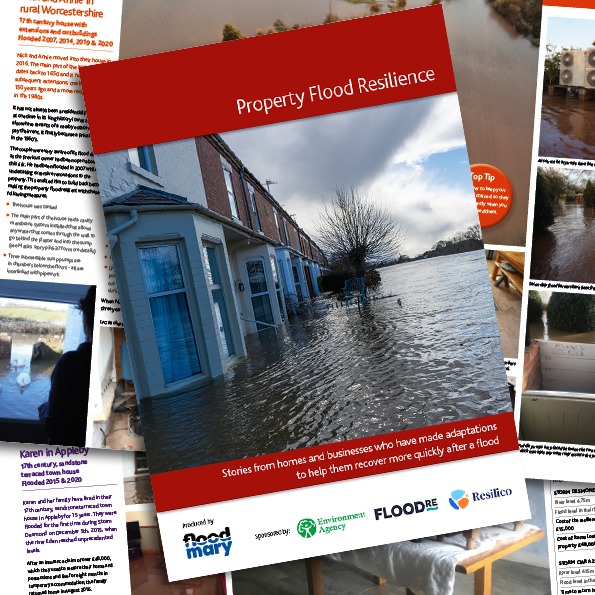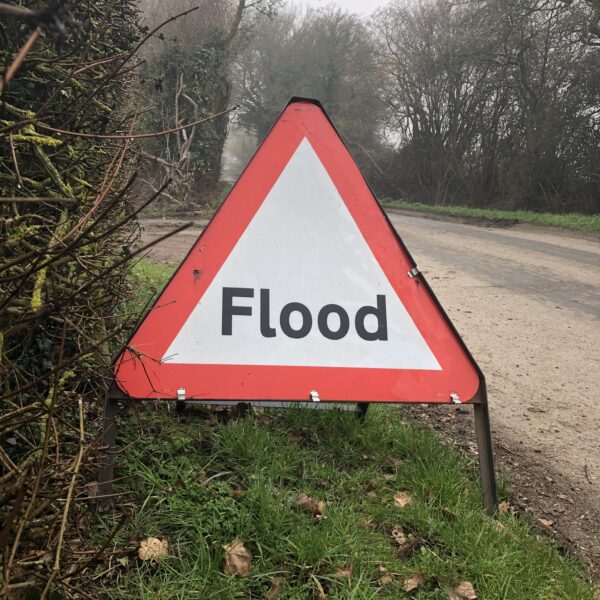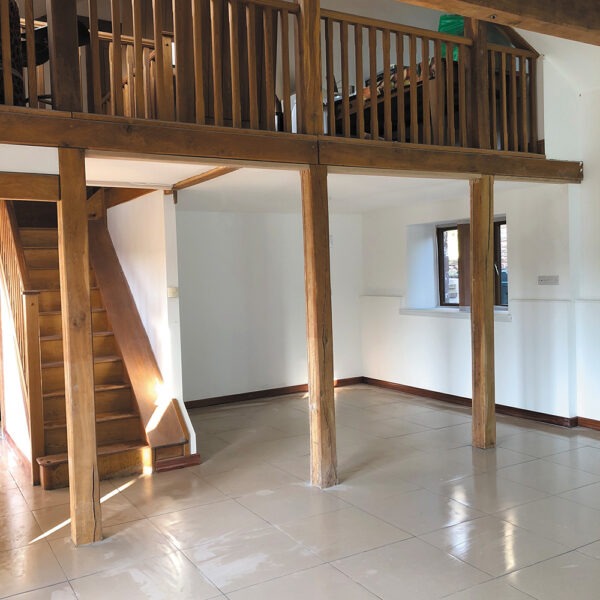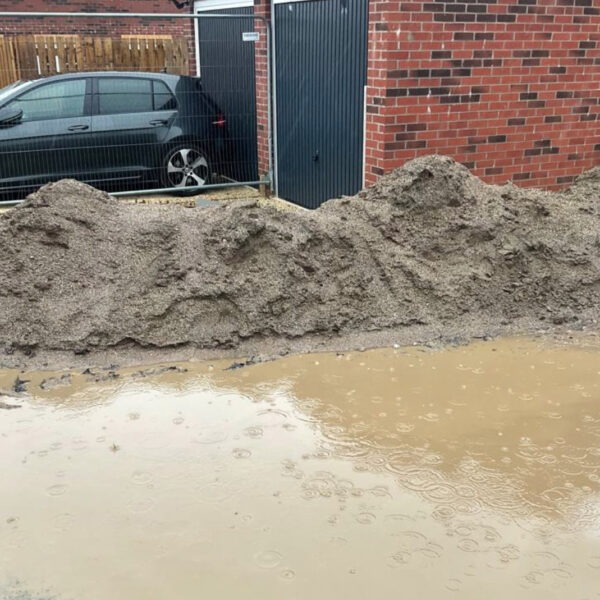I have spent the last year or so travelling around the country talking to homeowners and businesses who have suffered the appalling consequence of being flooded. Without exception, each person told me that the recovery process was far worse than the flood itself. I can endorse that fact, having been flooded myself – the disruption caused cannot be underestimated!
On average, people are out of their homes for at least 9 months, whilst the repairs are completed, though for some be it can be an even longer process. People have told me of the stress of trying to find alternative accommodation, which is often at a premium after a large-scale flood. Many people find themselves living in substandard accommodation, or in caravans on their driveways. There is then the additional challenge of having to project manage the building site, which used to be your home, on top of trying to hold down a job, look after children and everything else that goes with normal day to day living. Finally, there is the repeated stress that they experience every time it rains – so. it’s hardly surprising that many people who have been flooded suffer with mental health problems.
I look on Flood Risk Management as a jigsaw of many pieces, all working together to reduce flood risk (such as flood warnings, municipal flood alleviation schemes, natural flood measures, temporary barriers, sustainable drainage, etc.). In the last few years, due to intense and prolonged rainfall, we have seen robust defences overtopped or damaged and furthermore, according to Sir James Bevan, the Chief Executive of the Environment Agency, winter rainfall is set to increase by almost 60% by 2050.
Now is the time to think long and hard about what we can do to reduce the impact that future flooding will bring, not only by trying to keep the water out, but also how we can speed up the recovery time. During my travels, I have heard powerful, real life stories of how homeowners were back home within as little as 24 hours, or didn’t even have to leave their homes at all – because they had taken the right measures to help their homes recover swiftly after a flood. Many businesses who had taken similar steps were open again in just a few days, and so able to start trading immediately! This type of work is disruptive and those newly flooded are obviously best placed to undertake it, in partnership with their insurance provider. Recoverable repair may cost more but some of the measures can be cost neutral (such as raising the electric sockets if the wiring has to be replaced anyway. I believe its money well spent, if only to reduce the stress of being flooded and avoid the protracted recovery time typically involved.
If you live in a flood risk area and are thinking about fitting a new kitchen, it’s a good time to think about installing a kitchen that’s resilient to flooding. Flood Guidance have prodused a great guide that could help you in your decision making.
What types of adaptations can be made to speed up recovery?
This is not an exhaustive checklist, but a useful point of reference:
- Waterproof plaster is available in different varieties to suit most types of property. Another option is to use Magnesium Oxide board (instead of ordinary plaster board). For low-level floods, plaster board can be hung horizontally, so only the damaged section needs to be replaced.
- Concrete floors can be covered with ceramic, porcelain, or stone tiles (using waterproof adhesive and grout.) Some of these look just like real wood. Or a there is waterproof, plastic laminate look alike flooring available. It’s the type used in bathrooms, but evidence shows it can survive a flood.
- Use ‘closed cell insulation’ as it is doesn’t absorb water (unlike ordinary mineral insulation which is not water resistant).
- For a kitchen, choose solid wood, stainless steel, or one with a carcass made of plastic with quick release doors. There is also an environmentally friendly flood resilient kitchen, made in Scandinavia.
- A membrane system that allows the water to come through the walls, but is then channelled into a sump from which it is pumped out of the property.
Copyright 2022, Mary Long-Dhonau




